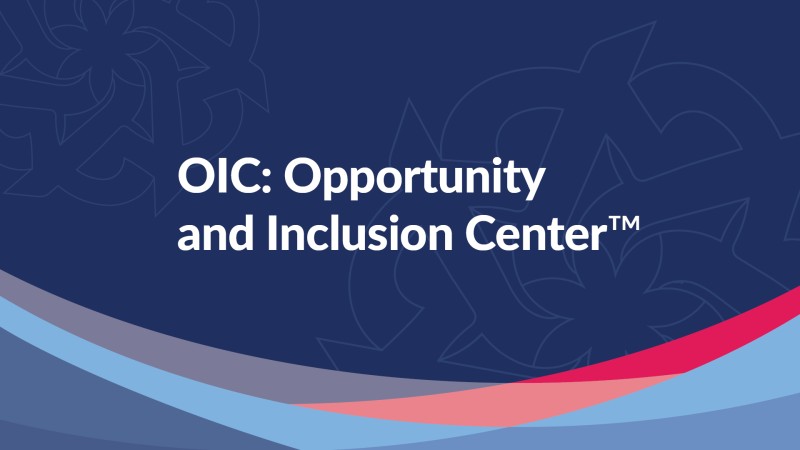Build Inclusion through Storytelling
To foster inclusion, some companies are turning to storytelling and encouraging employees to share their stories.
Inclusion consultants Selena Rezvani and Stacey A. Gordon report that companies are doubling down on diversity metrics like business cases, scorecards, and targets. “While those measures have their place, we’ve found that they’re insufficient to create inclusion on their own. In fact, an overly mathematical approach actually deemphasizes the very thing we hope to build in inclusive workplaces: awareness, connection, empathy, and mutual respect,” they write in a recent Harvard Business Review article. “In the attempts to create more awake and aware environments, we’re forgetting that numbers typically don’t inspire us to change our behavior—people and stories do.”
Rezvani and Gordon offer these suggestions to foster a story-based approach to building inclusion:
Whose Stories Get Told? A study published by the Academy of Management shows that people want to hear stories about peers. Rob Henry, vice president for development, culture and talent at CASE agrees, and adds “One key priority for advancement units is to develop belonging for staff. A great way to enhance authenticity is allowing colleagues to share their stories and have a voice.”
Look in the Mirror. Start by examining your own diversity story. “Doing this work helps leaders understand and empathize with the narratives shared by others,” Rezvani and Gordon write. To help share your story, they suggested answering questions, such as:
- When did your privilege afford you different treatment than someone else?
- When did someone advocate for you? (Did someone with privilege help you?)
- Did you ever need to search to find your own sense of belonging?”
Create a safe space. In many cases, employees don’t feel secure sharing their stories. “There is a natural give and take to storytelling—a vulnerability that comes with sharing—and an instinct to reciprocate,” convey Rezvani and Gordon. “That means that in the most psychologically safe workplaces, people aren’t required to share, but they’re safe to share.” To encourage team members to share, they suggested holding round-robin question and answer meetings, listening sessions, book clubs, and storytelling town halls.
For more ideas, read Rezvani and Gordon’s article, “How Sharing Our Stories Builds Inclusion.”









